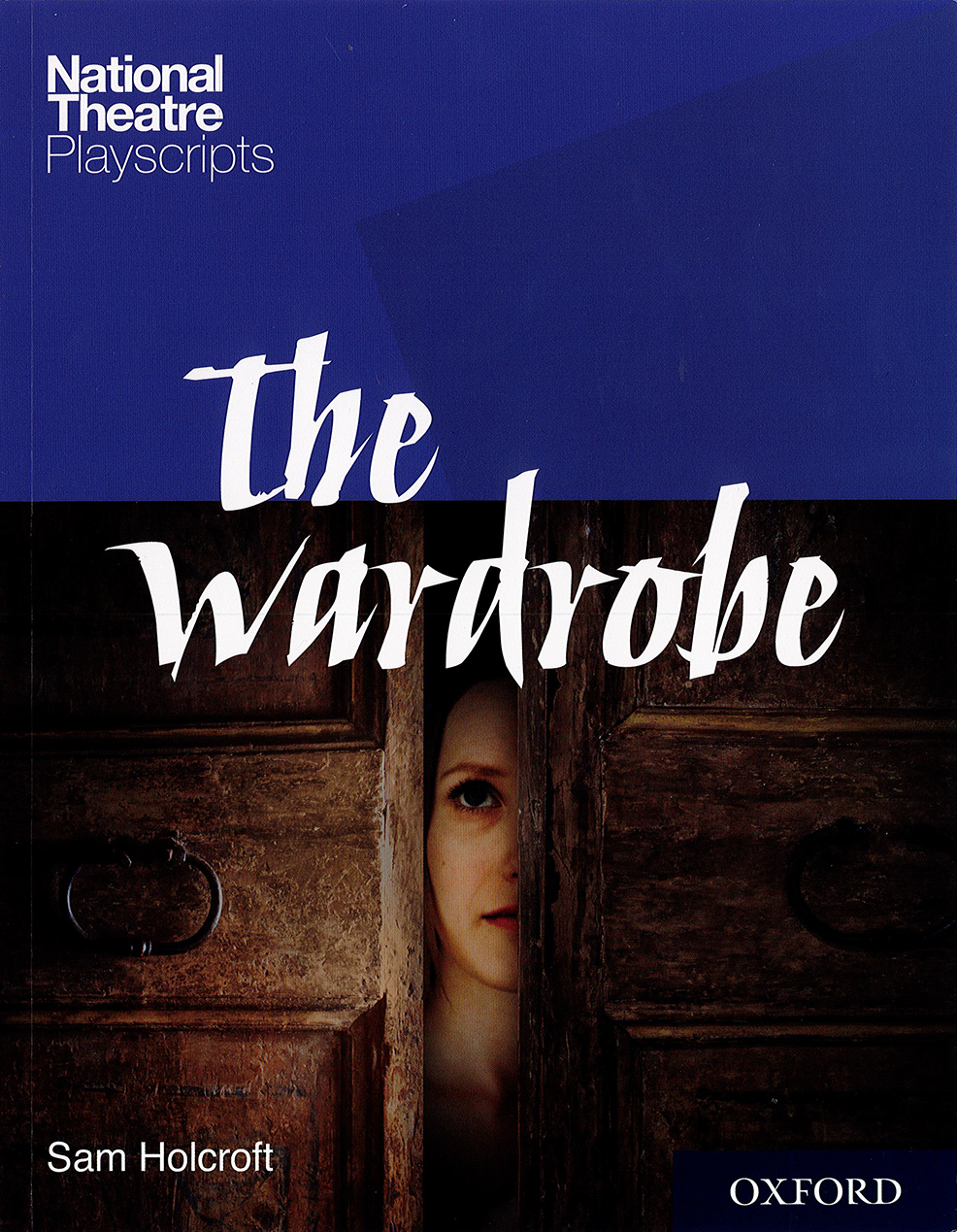
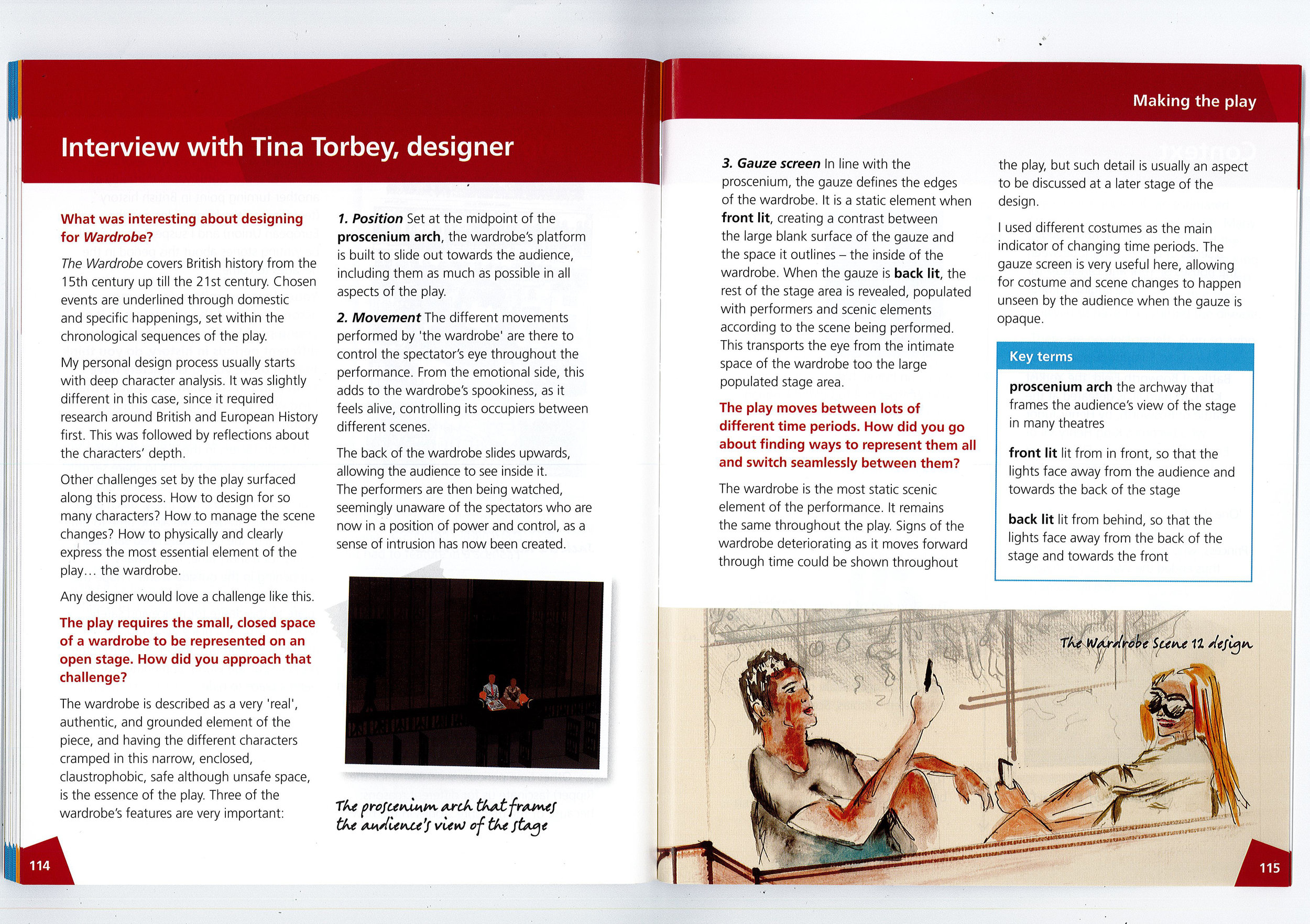

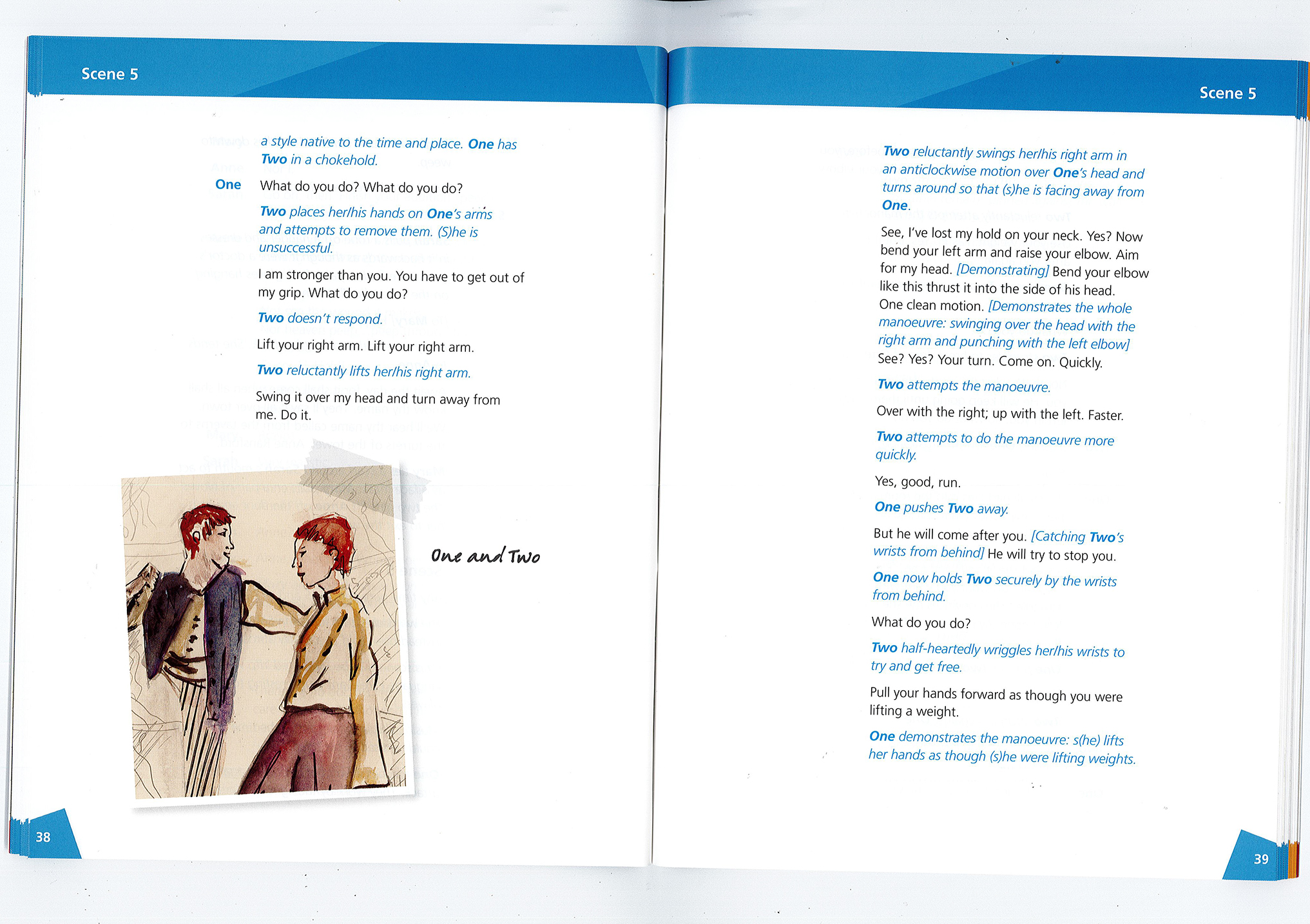
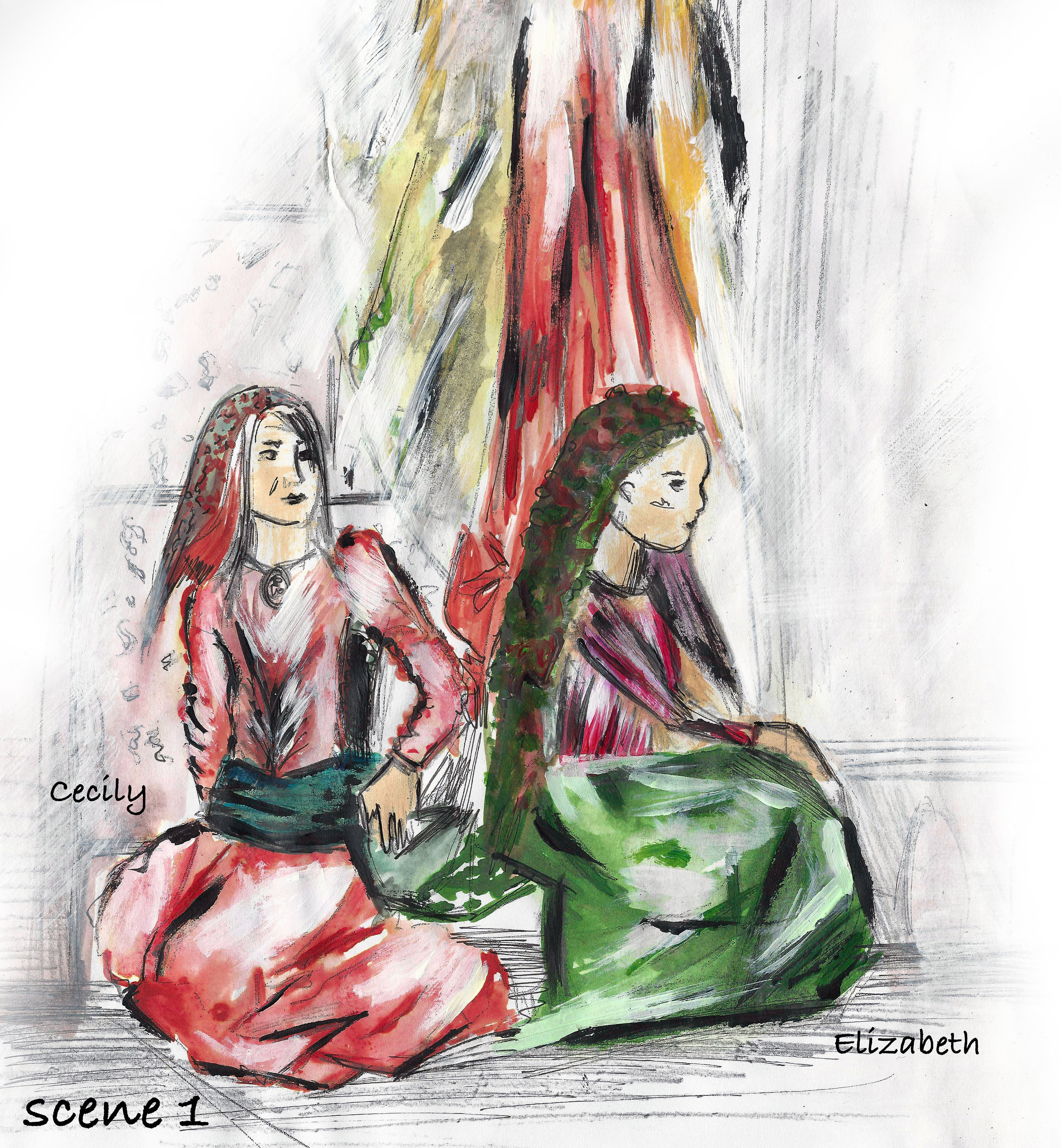

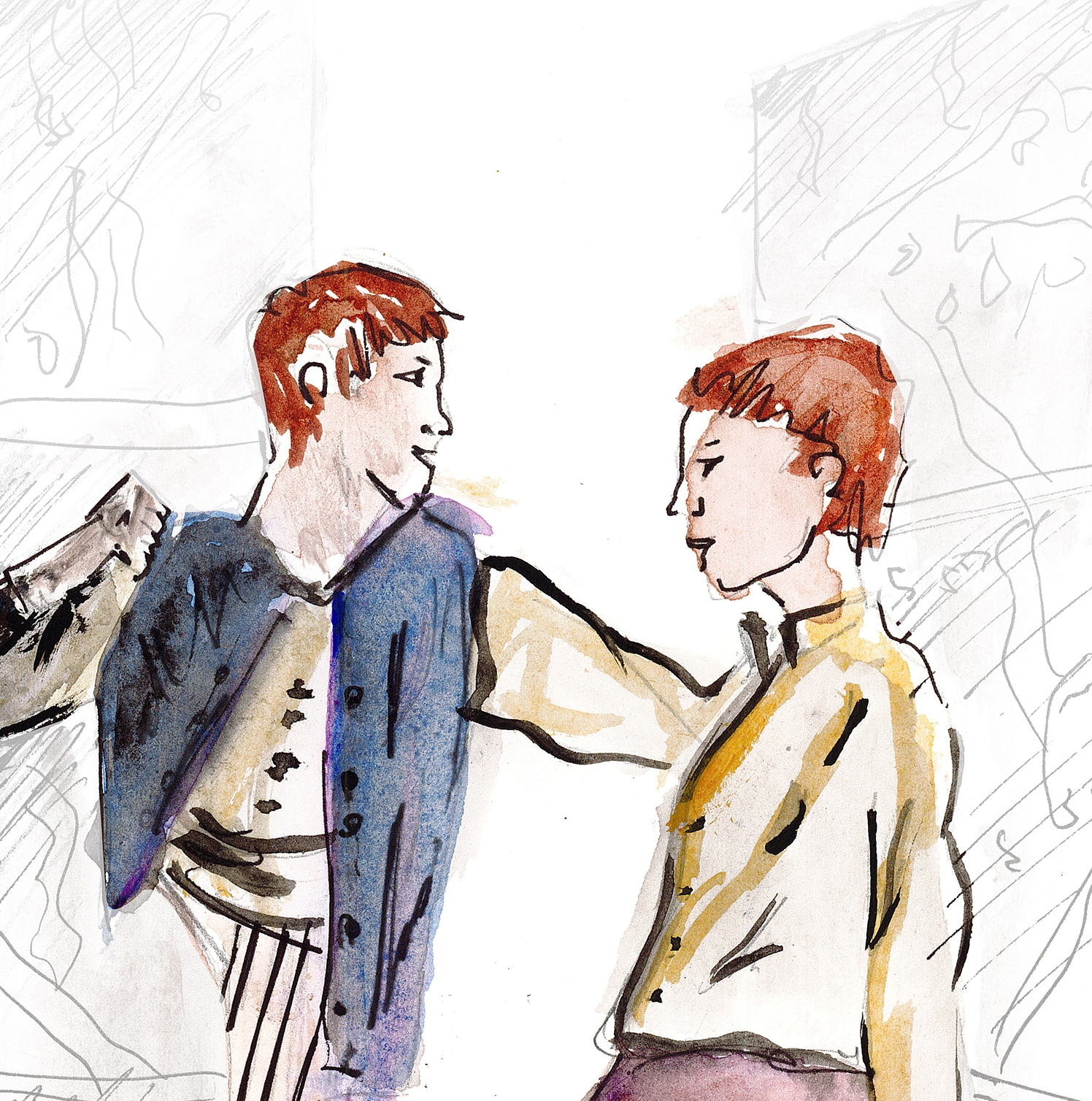

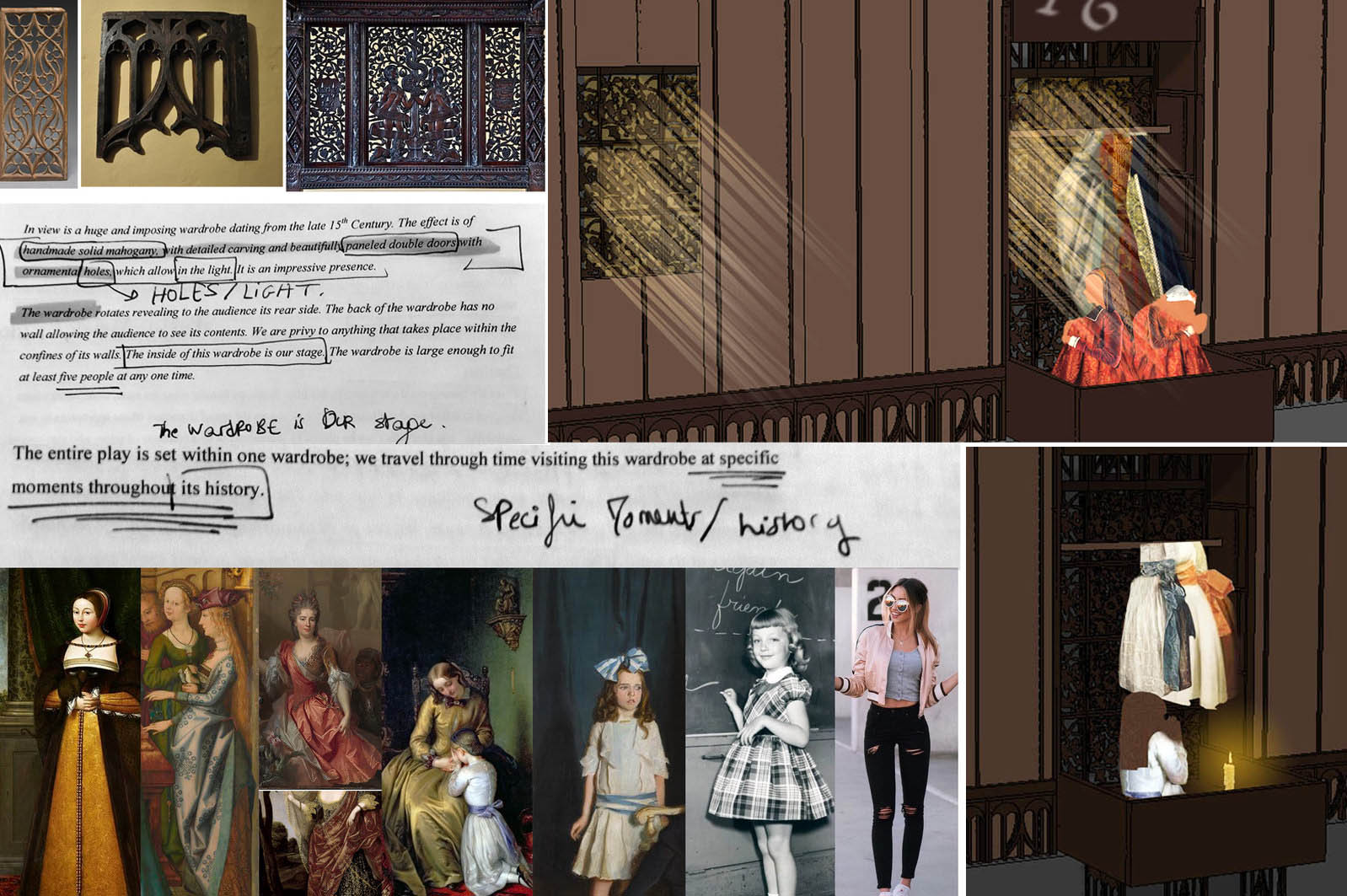
EXTRACT Interview with Tina Torbey
What was interesting about designing for Wardrobe?
Wardrobe covers the British History starting from the 15th century till the 21st century. Chosen events are underlined through domestic and specific happenings, set within the chronological sequences of the play. My personal design process usually starts with deep character analysis. It was slightly different in this case, since it required a profound research and knowledge about the British and European History first. It was then followed by observations directly reflected onto the character’s depth.
Other challenges set by the play surfaced along this process. How to design for so many Characters? How to manage the scene changes? How to physically and clearly express the most essential element of the play… The wardrobe. Any designer would love a challenge.
The plays requires the small, closed space of a wardrobe to be represented on an open stage. How did you approach that challenge.
The Wardrobe is described to be very “Real”, authentic, and much grounded element. I personally couldn’t think of creating any abstraction to it. Having the different characters cramped in a narrow, enclosed, claustrophobic, safe although unsafe space, is the essence of the play. Its presence is therefore to be underlined by three of its features:
POSITION
Set at the midpoint of the proscenium arch, the wardrobe’s platform is built to slide out of its limits. The end is to get the scenes closer to the audience, including them as much as possible into the aspects of the play. Both the overhang and the closeness of the space will trigger an emotional connection between both performers and audience, the ultimate driving force of the play.
It also helps with adapting the wardrobe’s dimensions and authenticity as per described in the text, while maintaining sightlines for all the seating positions in the Auditorium.
MOVEMENT
The different movements performed by “the wardrobe” are there to control the spectator’s eye throughout the performance. From the emotional side, it adds to its spookiness, as it feels alive, controlling its occupiers between different scenes.The Back of the wardrobe, set by the limits of the Proscenium arch, is slid upwards. The performers are then being watched, seemingly unaware of the spectator who is looking into the wardrobe. The spectator is now in a position of power and control, as a sense of intrusion has now been created.
As already mentioned, the platform slides out to enhance the sight lines, bring closeness, and trigger an emotional connection Performance – Audience.
The performers actions are scattered between the platform limited by the walls of the Wardrobe and the space beyond the perforated doors; the actual stage area. Assumingly, it should vary between the scenes.
GAUZE
In line with the proscenium, the Gauze delimitates the edges of the wardrobe. It is a static element when front lit, creating a contrast between the large blank surface and the space outlined by this screen, that is the wardrobe. When Back lit, the rest of the stage area is revealed, populated with performers and scenic elements according to the scene in action. This gesture opens to a general view and transports the eye from the intimate space, to the large populated stage area.
It is also possible to project onto the screen, when opaque or translucent, depending on what emotions or actions are to be communicated.
How did you go about researching the world of the play? Were there any particular things that influenced your design?
As I’ve already expressed, the design process has been slightly different and more extensive for this particular play. Having an overall view of the British and European History was essential to the understanding of the play and its depth of characters.
The play moves between lots of different time periods. How did you go about finding ways to represent them all and switch seamlessly between them?
I started by setting three basic parameters:
WARDROBE - STATIC
The Wardrobe is the most static scenic element of the performance. It remains the same throughout the play. It is limited to its dynamic functions. Signs of period deteriorations could be shown throughout the play, but such detail is usually an aspect to be discussed at a later stage of the design.
COSTUMES - DYNAMIC
Costumes should determine the moments in history throughout the events and scene changes determined by the play.
GAUZE SCREEN
The Gauze acts like a constant and controllable blackout, allowing for the costume and scene changes when opaque, and representing the space beyond the wardrobe when translucent.